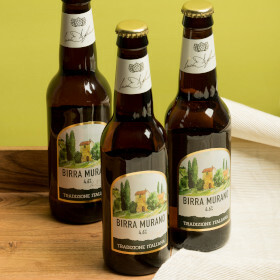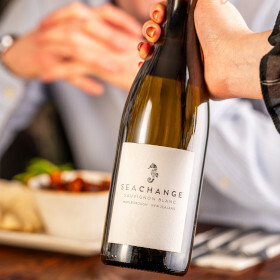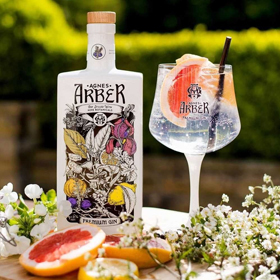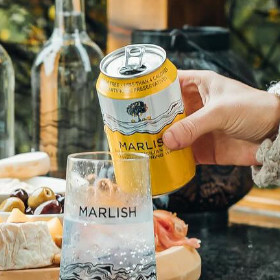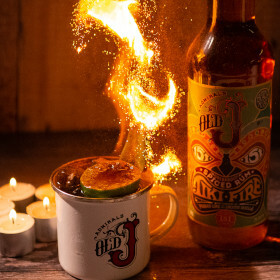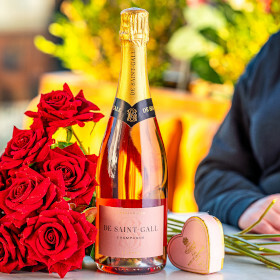Discovering Chianti: A Toast to Tuscany’s Timeless Red
Posted by Tamsin on 4th Sep 2025
Nestled between Florence and Siena, the rolling hills of Chianti have long been synonymous with Italy's most beloved red wine. Today, we journey through its fascinating history, the legendary Gallo Nero, grape varieties, tasting nuances, and what sets apart its various classifications - perfectly showcased by some standout bottles available on Click N Drink.
A Brief History
Winemaking in Chianti traces back to the Etruscan era, with vines sprawling across hills that would later become central Tuscany’s essence. By the Middle Ages, monastic wineries preserved traditions, while Florence began to recognise Chianti's commercial value. In 1716, Grand Duke Cosimo III defined the original Chianti zone - Gaiole, Radda and Castellina - laying the groundwork for Chianti Classico. Over centuries, Sangiovese emerged as the varietal star, refined into the iconic Chianti style thanks to figures like Baron Ricasoli. The broader Chianti DOCG followed in the 20th century, with Classico, then DOCG, ensuring quality and authenticity.
The Legend of the Gallo Nero
Seen atop many Chianti bottles - especially Classico - the Gallo Nero (black rooster) is more than a logo. It's a medieval legend turned emblem. To settle border disputes, Florence and Siena agreed that two knights would ride at rooster’s crow, meeting to form the divide. The Florentines kept a hungry black rooster in the dark, prompting it to crow long before dawn - letting their knight gain a decisive head start and claim more land. Thus, the black rooster became the symbol of Classico, enshrined in its heraldry and today signifies both heritage and quality.
Grapes of the Region
At the heart of Chianti is Sangiovese, in its many forms - Prugnolo Gentile, Sangiovese Grosso or Piccolo - adaptable to diverse soils, yielding wines with bright acidity, spice and cherry depth. Chianti DOCG blends can include up to 30% of other grapes - local ones like Canaiolo, Colorino, Ciliegiolo, Mammolo, or international varietals such as Cabernet Sauvignon, Merlot, Syrah, alongside white grapes like Trebbiano and Malvasia (up to 10%). However, Classico wines are more stringent: at least 80% Sangiovese, no white grapes, with Gran Selezione (from 2027) requiring at least 90%.
Tasting Notes & Styles: From Everyday to Exceptional
Chianti (DOCG): Typically fresh and easy-drinking, with lively cherry, red berries, and medium tannins—an ideal, everyday red with Italian flair. Try our Trambusti Chianti Flask Celsus
Chianti Classico: Can only be produced in the historic growing area of Chianti. Classico wines also require longer ageing and higher quality fruit - giving rise to spicier, more refined flavours. Try our Sant'Ilario Chianti Classico
Chianti Riserva / Classico Riserva: Richer, more structured - aged at least 24 months (oak plus bottle). Expect deeper fruit, savoury intensity and a fuller body. Try our Trambusti Chianti Riserva
Chianti Classico Gran Selezione: The pinnacle: estate-grown, cellared for at least 30 months. It offers complex layers - dark cherry, tobacco, spice, forest floor - and impeccable balance. Try our Poggio ai Mandorli Gran Selezione Chianti Classico
Food Pairing
Chianti’s natural acidity and tannic backbone make it a perfect partner for food. Classic pairings include tomato-based pasta dishes, wood-fired pizza, roasted meats and Tuscan favourites like bistecca alla Fiorentina. Lighter Chianti styles shine with cured meats, antipasti and grilled vegetables, while Riserva and Gran Selezione pair beautifully with hearty game, aged cheeses and slow-cooked ragu.
